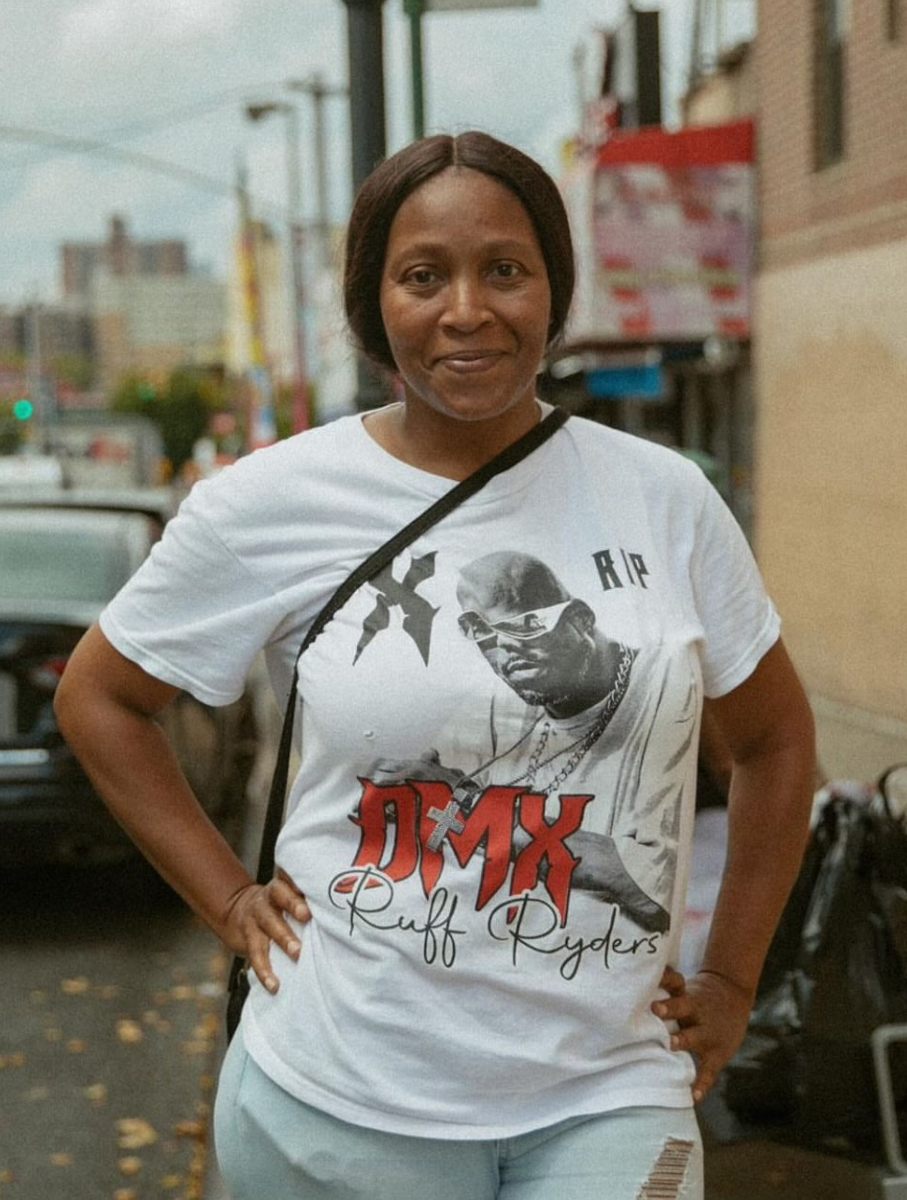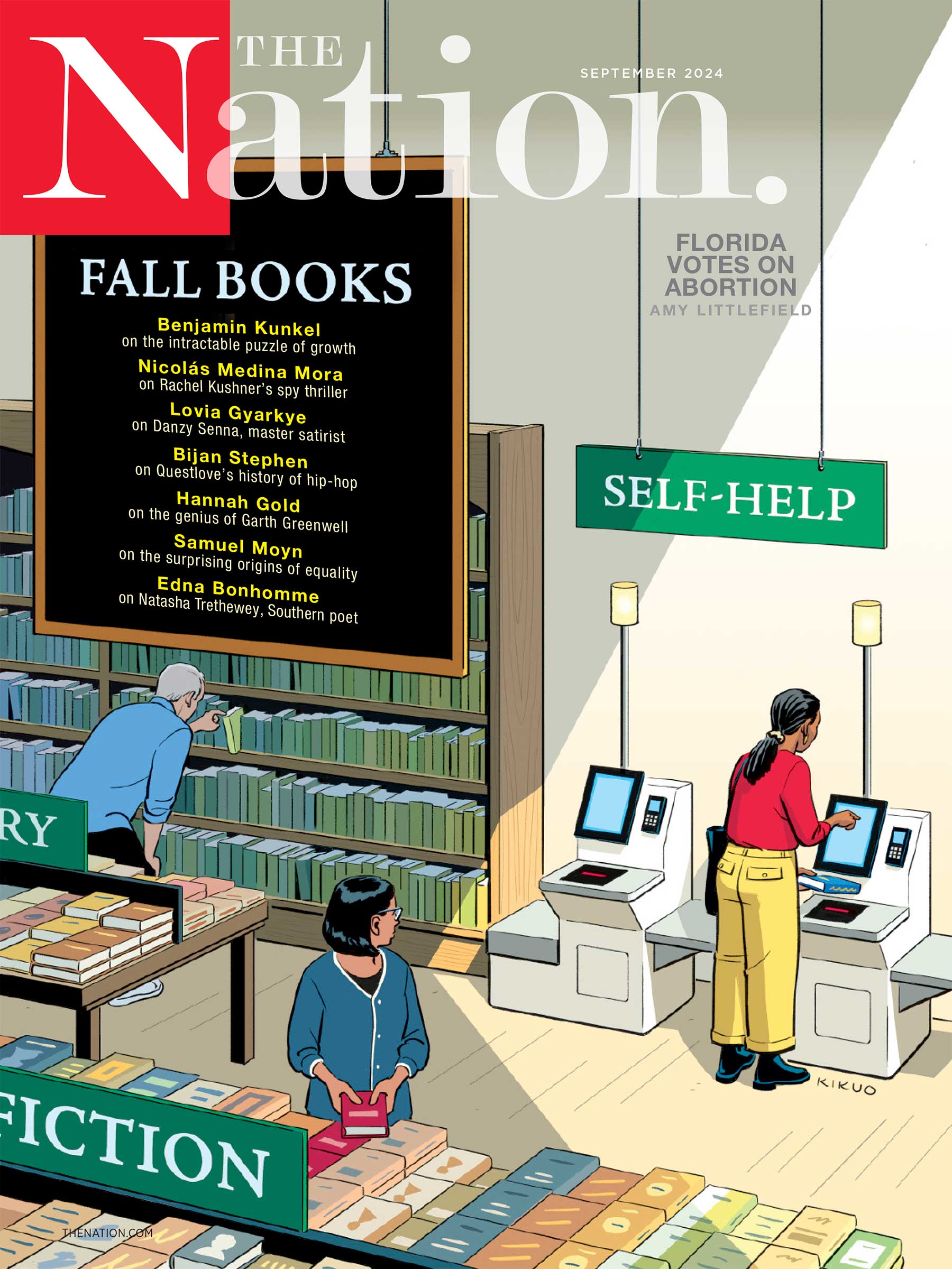Politics
/
September 6, 2024
Albany should embrace transformational change to carry NYC transit again on monitor and be prepared for the challenges of tomorrow.
“That $2.90 is killing us all.”
That’s Cicely Blatch, a bus rider within the Bronx, speaking about how prohibitively costly transit in New York Metropolis has grow to be. Blatch isn’t alone—one in 5 New Yorkers in 2023 struggled to afford the $2.90-a-ride subway and bus fares. Blatch rides the Bx18 bus on daily basis—generally a number of instances a day. These journeys accumulate and may break her price range.
Public transit in New York wasn’t at all times this fashion. Previously, it was cheaper, taking much less of each greenback earned by New Yorkers. A trip didn’t break $1 in inflation-adjusted {dollars} till 1948 and $2 till 1970—66 years after the MTA’s first subway opened. It was a lifeline—the factor that made New Yorkers’ lives attainable. At present, the price of a trip is only one extra instance of a cost-of-living disaster. And for the typical bus rider who makes lower than $30,000 a yr, this disaster is much more acute. That’s precisely why we created the fare-free bus pilot for New Yorkers.
A Success Story

We designed the fare-free bus pilot to be a trailblazing program wherein the MTA provided free service on 5 bus strains throughout New York Metropolis, one in every borough, together with Blatch’s Bx18. This system lasted from September 24, 2023, till this previous Sunday, serving practically 50,000 weekday riders. Like related fare-free bus applications in Kansas Metropolis and Boston, the Fare-Free Pilot hoped to supply working-class New Yorkers financial respiratory room whereas additionally making their commute safer. With the top of this pilot, one factor is obvious: It was a powerful success.
The pilot firstly dramatically elevated ridership. Throughout all 5 fare-free bus strains, the MTA reported a 30 % improve in ridership on weekdays and 38 % on weekends, with 23 % of riders reporting that they made the journey as a result of it was free. It additionally supplied clear financial reduction to low-income riders. The very best uptick in new riders was from people incomes lower than $28,000.
Present Challenge

Forty-four % of riders took the free bus for errands and leisure, permitting them to extra freely contribute to New York’s financial system. And for Blatch, the fare-free bus pilot gave her extra freedom to pay for every day requirements. “This implies I’ll take the bus extra.… I’ll use this cash to cowl extra payments.”
Security in our public transit system has continued to be a chief concern for New Yorkers. Fare-free buses additionally provide us a compelling reply on ship safer public transit. Throughout the 5 routes we made free, assaults on bus operators dropped by 38.9 %. This strongly mirrors what occurred in Kansas Metropolis: After introducing fare-free buses, safety incidents dropped 39 % from 2019 to 2020. By eliminating the fare-box, riders didn’t have to work together with bus operators, interactions that have been usually the supply of altercations. J.P. Patafio, a TWU Native 100 vp who represents bus operators in Brooklyn, put it this fashion: The “fare field is liable for 50 % of the assaults on my operators. Free bus service would make my bus operators’ job a lot safer.” The pilot had constructive results on the setting, too: Eleven % of recent riders used the bus as a substitute of a automotive or taxi they used prior, thus decreasing city-wide emissions.
A Paradigm Shift
Far too usually, crises—usually self-imposed ones—warp our transportation coverage selections. The latest instance of this was Governor Kathy Hochul’s determination to delay congestion pricing—throwing the MTA into a solvency disaster. But we can not let public transit be trapped in infinite cycles of economic emergencies.
The MTA’s strategic precedence is to maneuver New Yorkers the place they should go in a protected, dependable, and accessible method. As lawmakers, we should ask: How can we most successfully fulfill the MTA’s mission? Fare-free bus transit is one clear reply.
Persevering with to make buses free in New York is extra attainable than you may consider. We are able to make all New York Metropolis buses free for just below $800 million, or $50 million lower than what New York spent on the brand new Buffalo Payments stadium.
As we strategy New York’s subsequent price range cycle, it’s critically vital to resolve the MTA’s fiscal insolvency. But our job at hand is bigger than this. It’s time to transcend the crisis-fix-crisis paradigm and make public transit work for all. A lot of what we now have been combating for is strictly what the MTA itself needs: a system that strikes tens of millions of New Yorkers. Whereas the fare-free pilot is sunsetting, it confirmed us the true worth of public transit as a public good: a transit system that may be protected, dependable, and universally accessible. The proof is within the numbers: Fare-free service improved public transit by just about all measures. Now, it’s time to make this a actuality for each New Yorker throughout this metropolis.
We’d like your assist
What’s at stake this November is the way forward for our democracy. But Nation readers know the battle for justice, fairness, and peace doesn’t cease in November. Change doesn’t occur in a single day. We’d like sustained, fearless journalism to advocate for daring concepts, expose corruption, defend our democracy, safe our bodily rights, promote peace, and shield the setting.
This month, we’re calling on you to present a month-to-month donation to assist The Nation’s unbiased journalism. When you’ve learn this far, I do know you worth our journalism that speaks fact to energy in a method corporate-owned media by no means can. The simplest option to assist The Nation is by changing into a month-to-month donor; this may present us with a dependable funding base.
Within the coming months, our writers can be working to carry you what you should know—from John Nichols on the election, Elie Mystal on justice and injustice, Chris Lehmann’s reporting from contained in the beltway, Joan Walsh with insightful political evaluation, Jeet Heer’s crackling wit, and Amy Littlefield on the entrance strains of the battle for abortion entry. For as little as $10 a month, you may empower our devoted writers, editors, and reality checkers to report deeply on probably the most important problems with our day.
Arrange a month-to-month recurring donation at the moment and be a part of the dedicated group of readers who make our journalism attainable for the lengthy haul. For practically 160 years, The Nation has stood for fact and justice—are you able to assist us thrive for 160 extra?
Onwards,
Katrina vanden Heuvel
Editorial Director and Writer, The Nation





